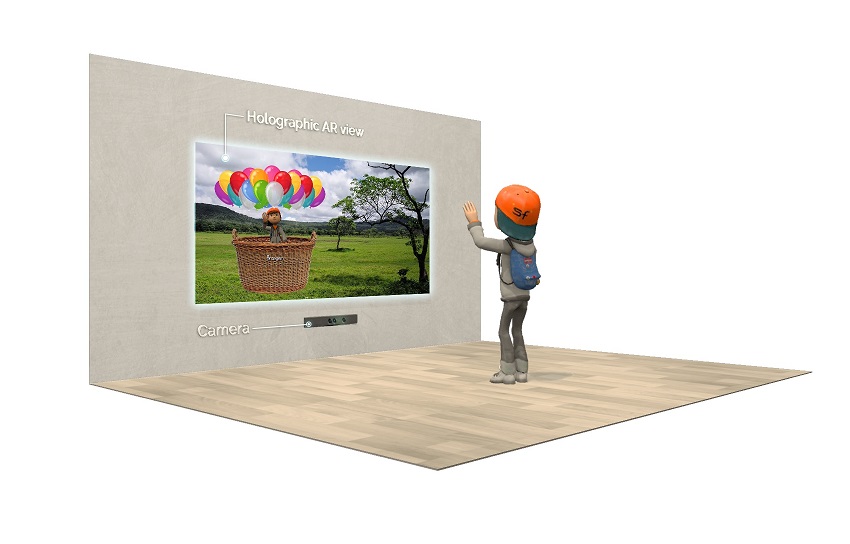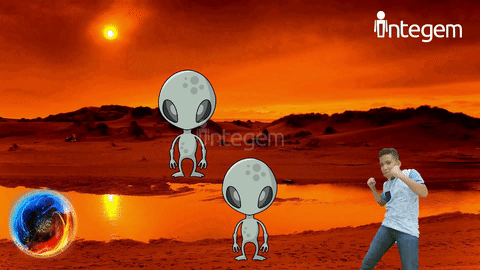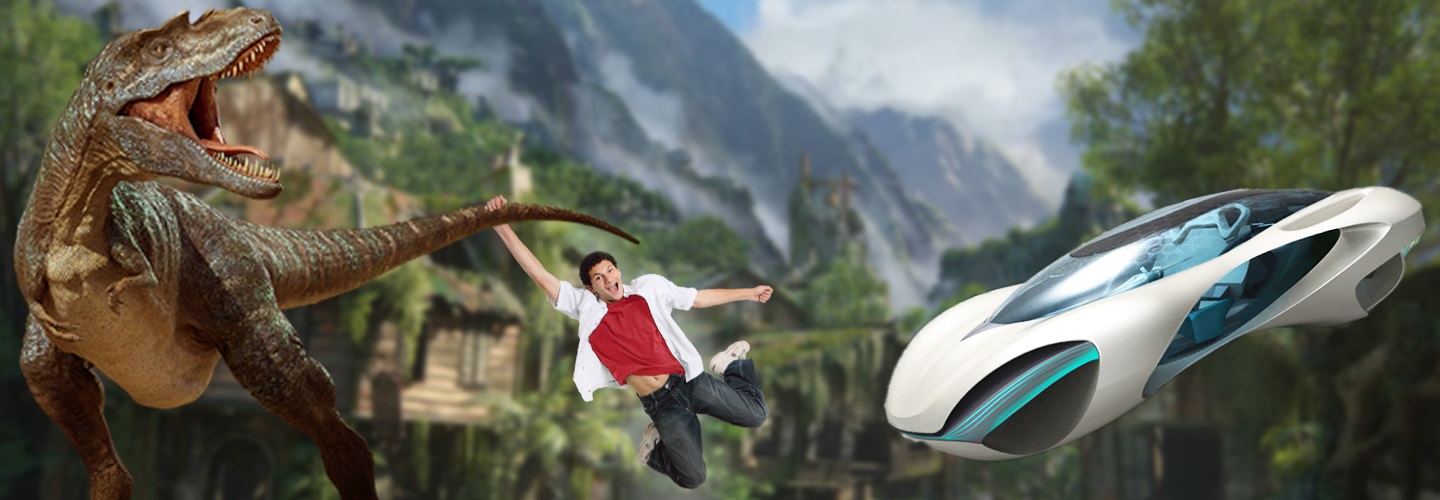What if you can jump into a game and play with your favorite characters face to face? What if you can travel to another planet in search of the most thrilling adventures with your friends during a short break? What if you can have potential customers try your products before they were even made? What if you can play with your flying whale pet whenever you desire?
When Chris Van Allsburg wrote the popular children’s book Jumanji in 1981, a story about a magical board game that can transport players to exotic jungles, he probably could not have imagined that 30 years later, thanks to holographic augmented reality technology, the wild tale of his imagination would come into existence. Not only can humans visualize themselves in any place they desire, be it Jurassic Park or the Sahara desert, but they can also interact with all the creatures and objects the virtual worlds have to offer. Why not hop on a dinosaur for a tour of the wild? How about an expedition to find the most vibrant looking cacti? Over the past few years, Integem has developed two groundbreaking holographic AR products: a visual programming language and a holographic AR experience platform that aim to empower people of all ages to envision, program, and experience their imagination. This article will focus on the features and workflows of the holographic AR experience platform called iPlayer.

iPlayer’s mission is to allow users to interact with their holographic AR programs in the most natural way possible, a way that resembles how collaboration happens in the real world. Instead of relying on a machine interface, in the form of a mobile phone or a wearable device, users utilize body movements and hand gestures to communicate with their virtual environments. Without external gadgets to distract them, users can fully immerse themselves in their imagination, thus embarking on a more authentic experience. To further facilitate intuitive interactions, iPlayer is designed to display users’ physical presences on the screen. People, especially children, become more engaged and more proactive when they perceive themselves as essential players in a story. Scientists have found that interaction with humans activates the medical front cortex significantly more than interaction with avatars, resulting in improved levels of communication effectiveness. [1]
The hardware setup of a holographic AR project is very straight-forward. To set up a digital display system, users need a display, a camera, and a computer with AI enabled holographic AR software installed. Similarly, a holographic AR powered digital signature system requires a display, a camera, a media player with an AI-enabled holographic AR software installed, and a content management system (CMS). In essence, to be able to run holographic AR programs on top of a traditional system, users only need to add a camera and to install the holographic AR software on a compatible device.

a) Typical Digital Display System

b) Holographic AR Digital Display System
The magic begins once a holographic AR program starts running, users will see themselves seamlessly blended into the virtual environment on the display screen. They can then interact with their surrounding objects through a series of movements such as jumping, waving, dancing and touching. All the actions appear on the screen in real time. For example, in a car driving scene, a user sees herself situated in the driver’s seat with her hands on the steering wheel directing how the car moves. A program might prompt users to perform certain activities at various times throughout the process using voice or visual commands. For example, a project can ask for a hand wave to get the game started or prompt users to pose for pictures. Though specific, these prompts serve as rough guidelines that don’t need to be followed strictly. Users can move to their heart’s desire and explore this magical space at their own pace.

iPlayer has the power to instantly transport people into a world of wonder no matter where they are. It can be used at home, schools, conference rooms, museums and serve many purposes from education to marketing. iPlayer can enhance fine motor skills, accelerate cognitive development, and encourage learning by making complex topics easier to understand through visualization and gamification. By seeing themselves manipulate math equations on display, children feel more empowered to tackle challenging problems. Parents of young toddlers can join in and enjoy a bonding experience that’s both entertaining and educational with their kids. Museums and art institutions can utilize holographic AR to transform static spaces into interactive playgrounds. Consumers can visualize themselves navigating a desired real estate property or trying on a new product without leaving the comfort of their homes. Businesses can better connect with their customers by installing holographic AR in their storefronts or utilizing holographic AR to produce more engaging commercials.
Mother teaching daughter the concept of color through holographic AR game

A fashion designer shows off her design collection in her own Holographic AR art studio:

When it comes to incorporating holographic AR in people’s everyday living, the possibilities are endless. Everyone can use the power of holographic AR to transform the world around them and become more creative in their personal and professional endeavors. To learn more about Integem’s solutions, please contact us for demos.
[1] René Riedl, Peter N. C. Mohr, Peter H. Kenning, Fred D. Davis & Hauke R. Heekeren (2014) Trusting Humans and Avatars: A Brain Imaging Study Based on Evolution Theory, Journal of Management Information Systems, 30:4, 83-114, DOI: 10.2753/MIS0742-1222300404




Recent Comments